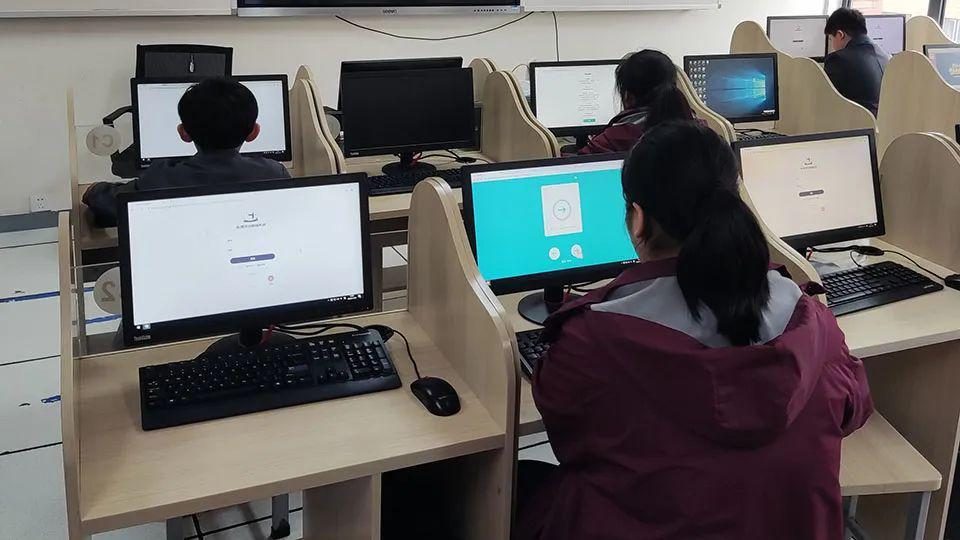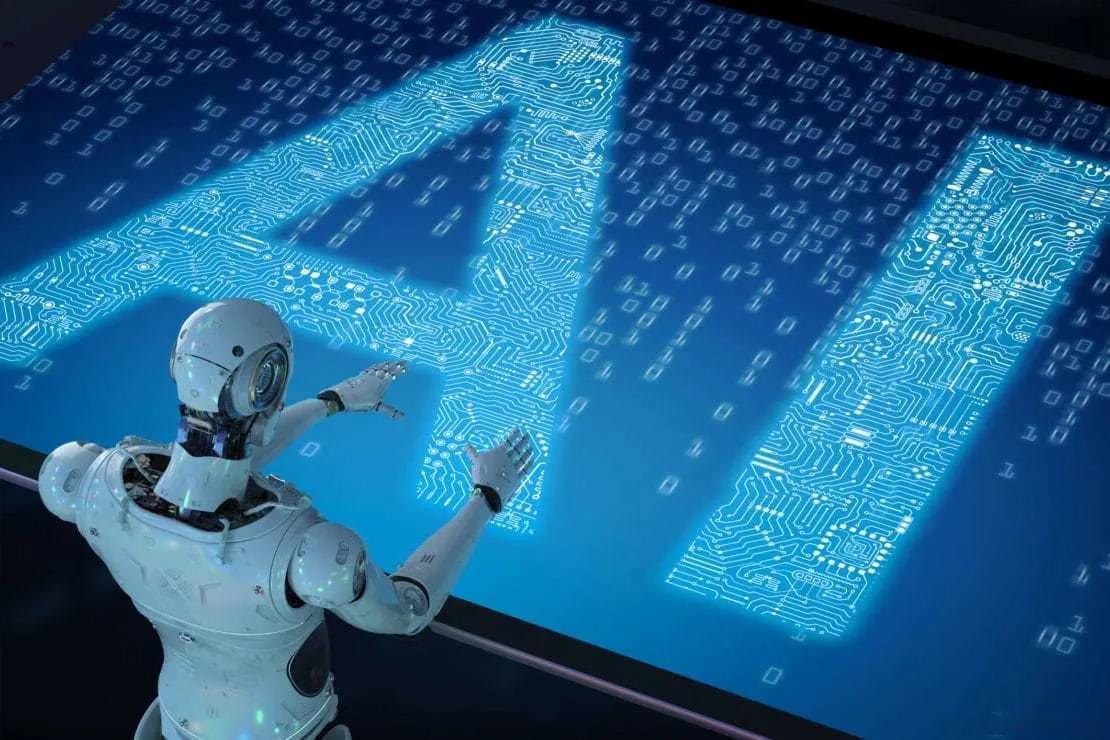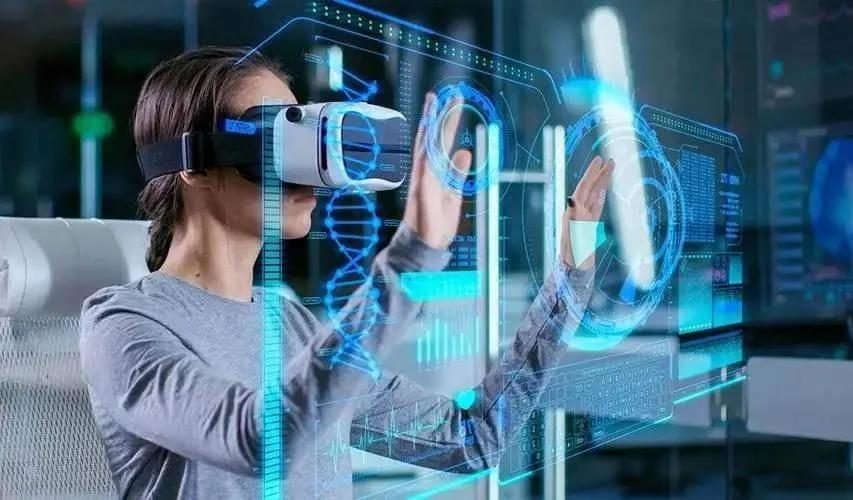At 8 o’clock, witness the news every day. CCTV will sort out the big and small things that happened around us within 24 hours for you.
pay close attention
High-level cover-up! This national park is exposed to radioactive materials.

According to the Russian "Russia Today" website, a staff member of the Grand Canyon National Park in the United States said that for many years, the park has been concealing from the public the fact that highly radioactive uranium mines were found and stored in the park. He said that three barrels of uranium ore have been stored in the Grand Canyon Museum for 18 years, and the park management used a "confidentiality agreement" to cover up this fact. Stephenson tried to persuade the park management to warn the public that since 2000, anyone who has worked or played here may have been affected by radiation. According to his estimation, this radiation amount has far exceeded the "safe" level stipulated by the US Nuclear Regulatory Commission, which has exceeded the prescribed tolerance level of children by 4,000 times and exceeded the prescribed tolerance level of adults by 400 times. However, the top management of the park "delayed to make a reply", and he thought that this behavior of the top management violated the law.
The young man was brave enough to be arrested? Prosecution: the behavior is self-defense and no prosecution.
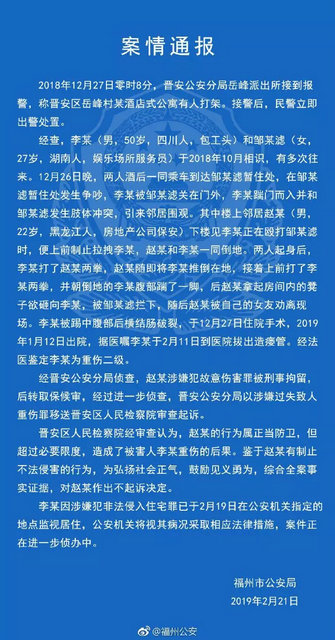
Recently, Zhao Yu, a young man, sent a call for help to Weibo, claiming that he had a physical conflict with the abuser for preventing his female neighbor from being abused, but he was detained for 13 days on suspicion of "intentional injury". In the early morning of February 21, Fuzhou police issued a briefing on the case and announced the incident. Fuzhou police informed that the prosecution believed that Zhao Yu had stopped the illegal infringement and decided not to prosecute Zhao Yu in order to encourage him to be courageous.
The villagers were shocked when the "good guy" village party secretary was arrested for madly grabbing the villagers’ wealth.
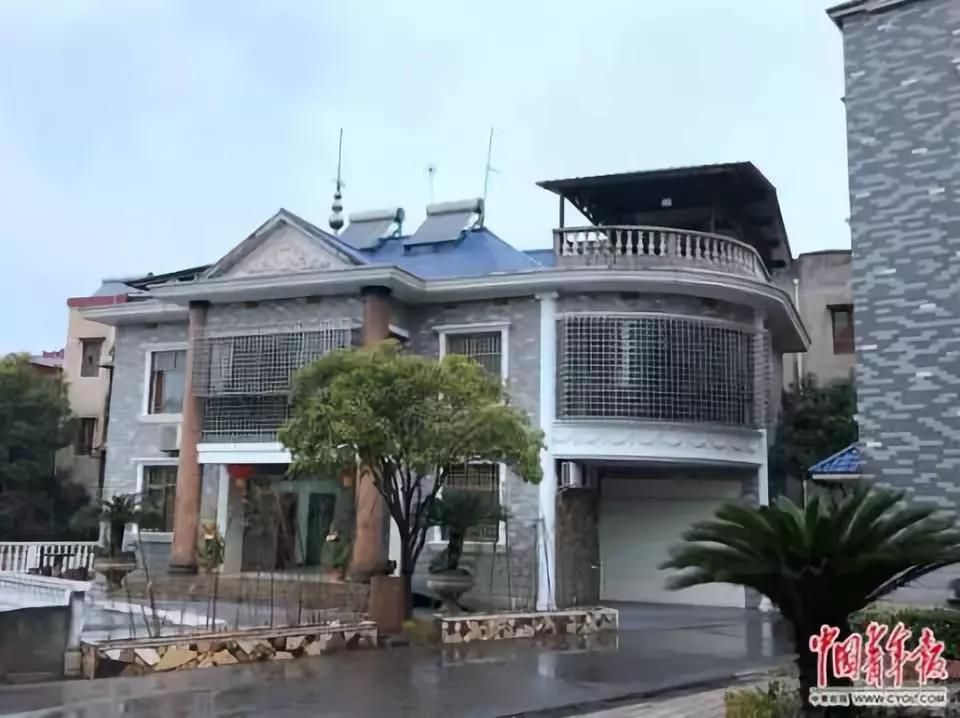
In the past 14 years, a village party secretary has madly grabbed the wealth of villages and villagers. His most common means are buying and cheating. When many villagers hear the name of "Zhu Lalian", they will give a thumbs up and count his "good deeds". In April 2018, he suddenly disappeared. Eight months later, people learned his news in an official bulletin: he was expelled from the party for being suspected of serious violation of the law; Suspected criminal acts were transferred to judicial organs for further investigation. His crimes include but are not limited to manipulating the general election at the grass-roots level, turning the village into its own "independent kingdom", wantonly embezzling collective property, and "petty officials are greedy" … … Some villagers were shocked. In the eyes of neighbor Xing Zhongliang, the village party secretary has always had no shelf, and he always smiles when he meets. In Zhu Lalian’s "business", land is the most important tool for making money.
domestic
Guangdong Consumer Council sued Changlong! What should I charge for children’s tickets in scenic spots?

Recently, the Guangdong Consumer Council filed a consumer civil public interest lawsuit with the Guangzhou Intermediate People’s Court on behalf of consumers on the issue that height is the standard of preferential tickets for minors in many places of Guangzhou Changlong Group. On that day, the Guangzhou Intermediate People’s Court accepted the case. According to reports, this case is the first public interest lawsuit for the protection of minors’ consumer rights and interests in China. Guangdong Consumer Council asked the court to order the defendant to stop excluding and restricting the infringement of the rights of unspecified majority of minors by height; Give all underage consumers due preferential treatment according to law in an appropriate and effective way; Apologize publicly for its infringement in important pages of mainstream media. Since August 2018, the Consumer Council of Guangdong Province has launched a special investigation on the height standard of discount tickets for minors, and found that Chimelong Happy World, Chimelong Wildlife World, Chimelong Water Park and Bird Park under Guangzhou Chimelong Group have the problem of taking height as the dividing standard in terms of fare concessions for minors, and Chimelong International Circus Park refuses to provide preferential fares to all underage consumers.
These 12 drugs have been adjusted to "over-the-counter"!
National Medical Products Administration issued an announcement, and after organizational demonstration and examination, 12 kinds of drugs such as Bushen Runfei Oral Liquid, Dingkundan, Huangqijing Granule, Xiaoer Chaigui Antipyretic Granule, Vitamin B12 Eye Drops and Yinhuang Granule were converted from prescription drugs to over-the-counter drugs.
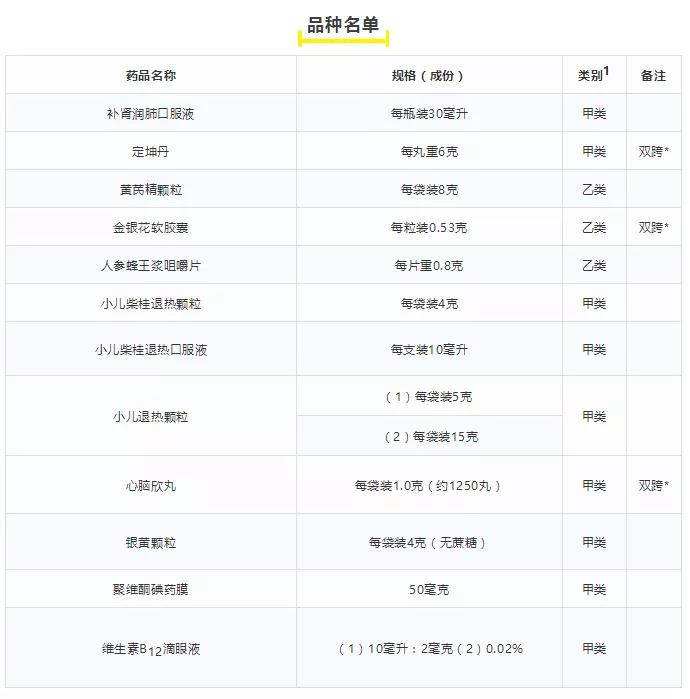
Food and Drug Administration: It is not reliable to say that cosmetics "never add preservatives"
Pure natural skin care products? Basically does not exist. The regulatory authorities said that consumers need not be afraid and resist trace preservatives. A few days ago, the Food and Drug Administration made it clear that: "The trace stabilizer, preservative, antioxidant and other ingredients added to the raw materials in order to ensure the quality of cosmetic raw materials should be reported in the product formula, but they do not belong to the category of cosmetic ingredients, so they can not be marked on the product label." The Food and Drug Administration reminds consumers that all claims that cosmetics are "absolutely free of preservatives" are unrealistic.
Beijing Metro Line 13 is dialed into Beijing-Zhangjiakou High-speed Railway Qinghe Station.
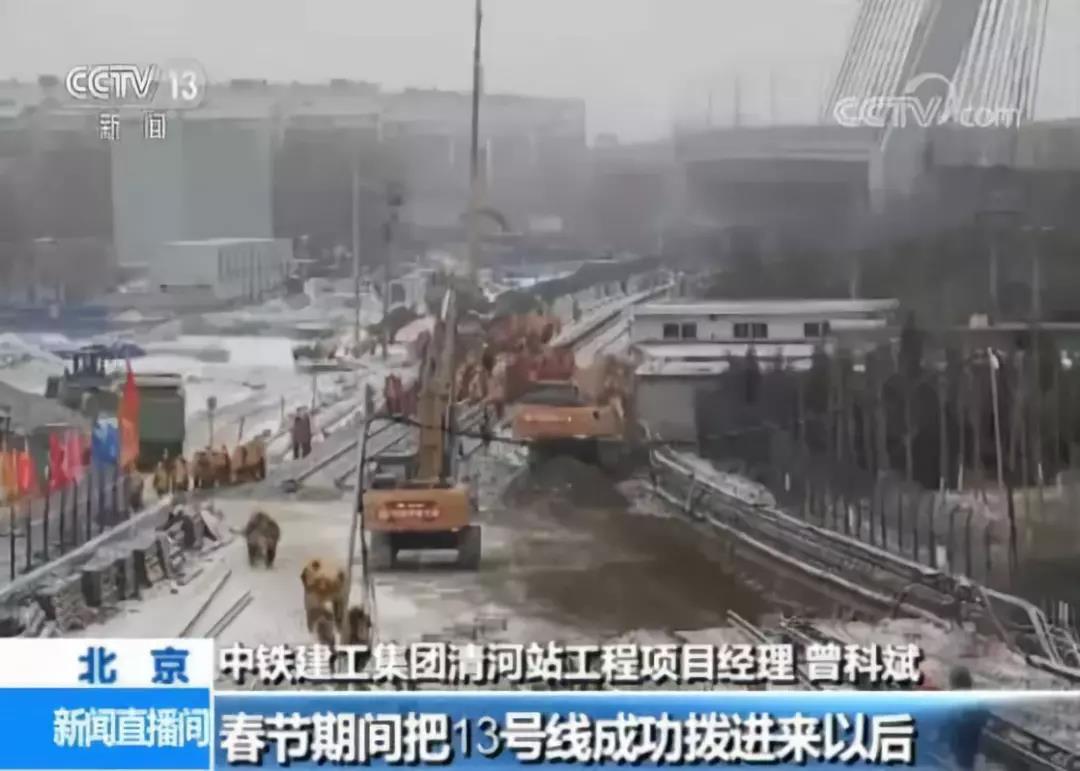
When the reporter took the subway line 13, he found that the subway originally running on the viaduct between Shangdi Station and Xierqi Station has been changed to run through Qinghe Station of Beijing-Zhangjiakou high-speed railway under construction. Xinqinghe Station is scheduled to open before the end of the year. The existing subway line 13 occupies the main entrance hall on the west side of Qinghe Station, the comprehensive annex building and some underground garages. Only when Metro Line 13 has been transferred and merged into the station building, and the occupied area has been vacated, can the site conditions for the next stage of construction be met. After completion, three subway lines, namely, Metro Line 13, Changping South Extension Line and Branch Line 19, can realize interchange with the high-speed rail.
Ministry of Foreign Affairs: The 16th meeting of foreign ministers of China, Russia and India will be held.
The 16th meeting of foreign ministers of China, Russia and India will be held in Wuzhen, Zhejiang on February 27th. Foreign Minister Wang Yi will preside over the meeting, and Russian Foreign Minister Lavrov and Indian Foreign Minister Swaraj will attend.
Liu Zhiwei, member of the Standing Committee of Chenzhou Municipal Committee of Hunan Province and secretary of the Political and Legal Committee, accepted disciplinary review and supervision investigation.
According to the news from the Supervision Committee of Hunan Provincial Commission for Discipline Inspection, Liu Zhiwei, member of the Standing Committee of Chenzhou Municipal Committee and secretary of the Political and Legal Committee, is suspected of serious violation of discipline and law, and is currently under disciplinary review and supervision investigation by the Supervision Committee of Hunan Provincial Commission for Discipline Inspection.
What problems did the central government find in the special inspection of poverty alleviation? Official response
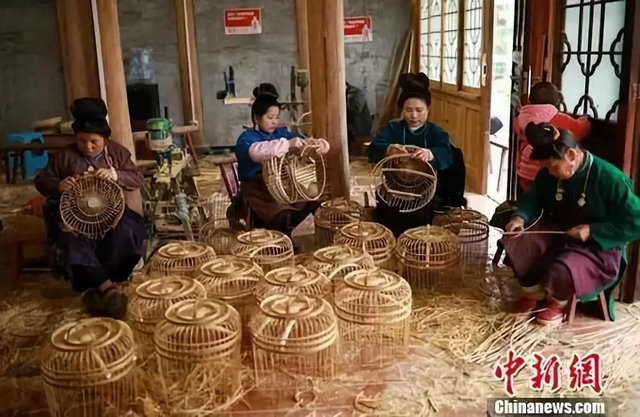
Ou Qingping, deputy director of the Office of the Leading Group for Poverty Alleviation and Development of the State Council, said on the 20th that the central government’s special inspection of poverty alleviation found that the problems of formalism and bureaucracy still existed in some places to varying degrees, and some were still outstanding. For example, people at the grass-roots level and cadres at the grass-roots level have reacted strongly to flashy image projects and achievements projects, such as filling out forms, reporting more times, holding more meetings, more documents and checking more.
international
Russia says missiles may be forced to target NATO members. NATO response: unacceptable
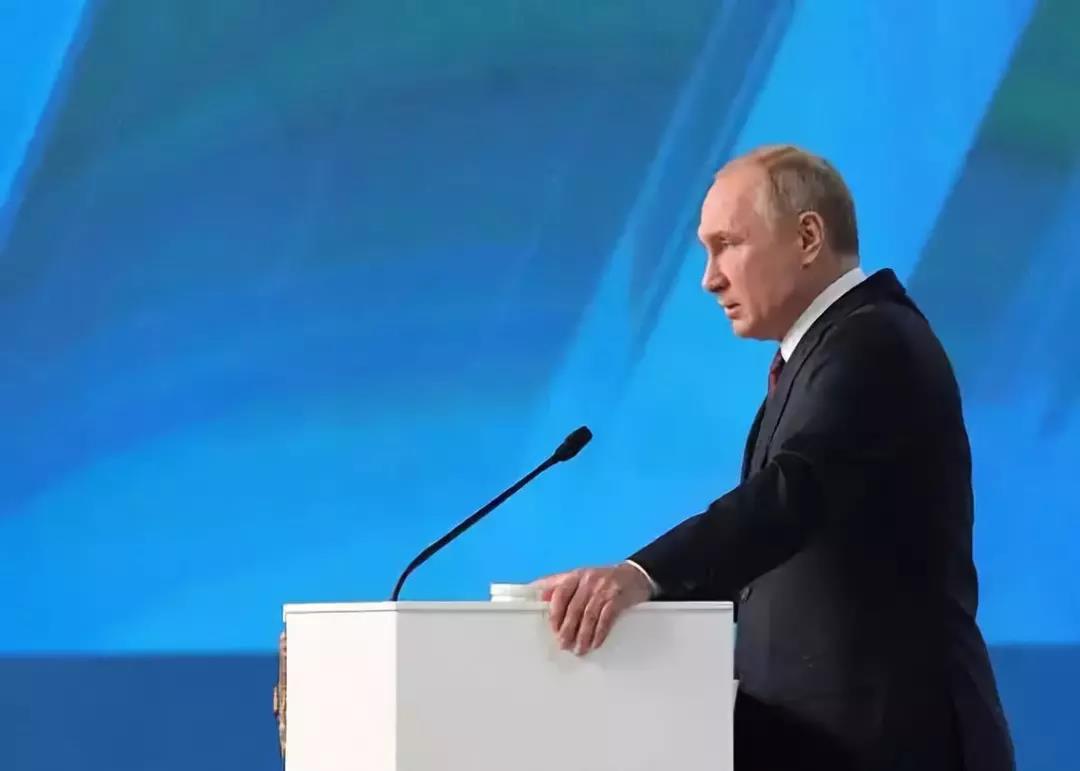
On February 20th, local time, Russian President Vladimir Putin issued his annual State of the Union address, warning that if the United States deploys short-and medium-range missiles in Europe, Russia will be forced to take the same measures to aim the missiles at the missile launch sites and deployment decision-making sites. In response, NATO responded that it would not accept Russia’s statement that it threatened to target missiles at NATO member States.
The star products of "China Military Industry" held in Abu Dhabi International Defense Exhibition attracted much attention.
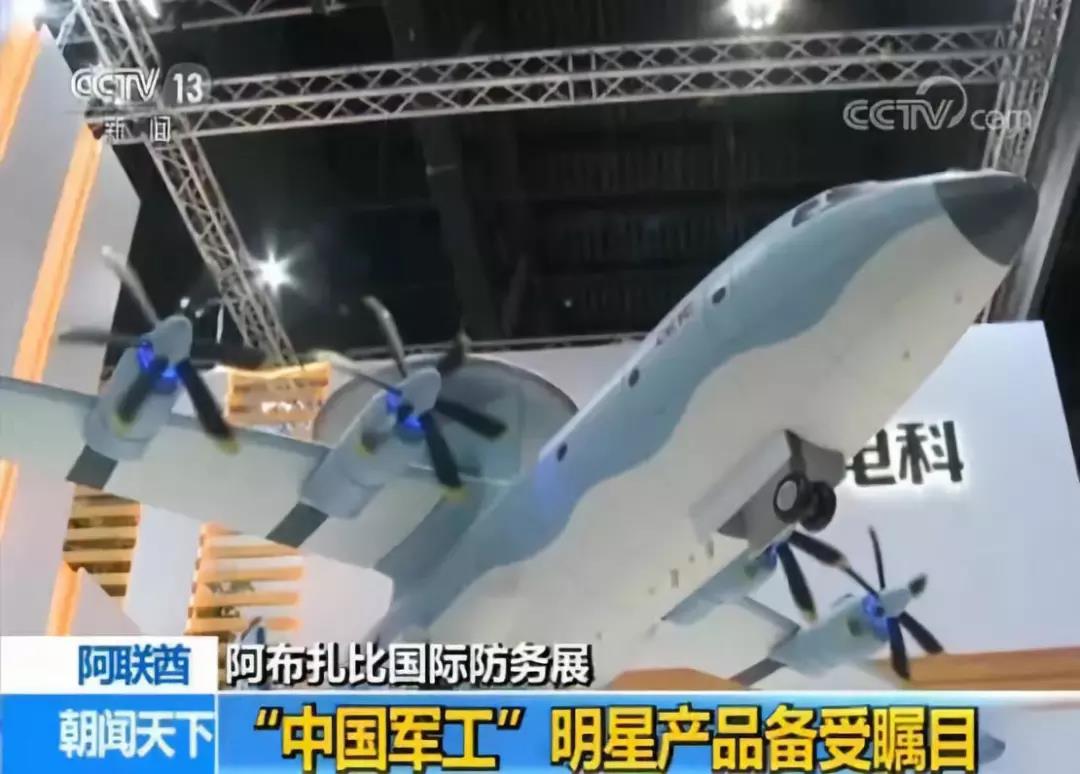
On the 19th local time, the 14th Abu Dhabi International Defence Exhibition entered its third day. The star military products in China exhibition area still attract a large number of visitors and buyers from many countries, especially the high-end technology products independently developed and innovated by China, which have attracted much attention in this exhibition. This ZDK-03 early warning aircraft has powerful detection and accusation capabilities. According to the Chinese enterprises participating in the exhibition, compared with similar products in the world at present, this early warning aircraft integrates early warning and detection, reconnaissance and surveillance, command and control and coordinated operations, highlighting more advantages.
The death toll from the attack on Nigerian villages has increased to more than 130.
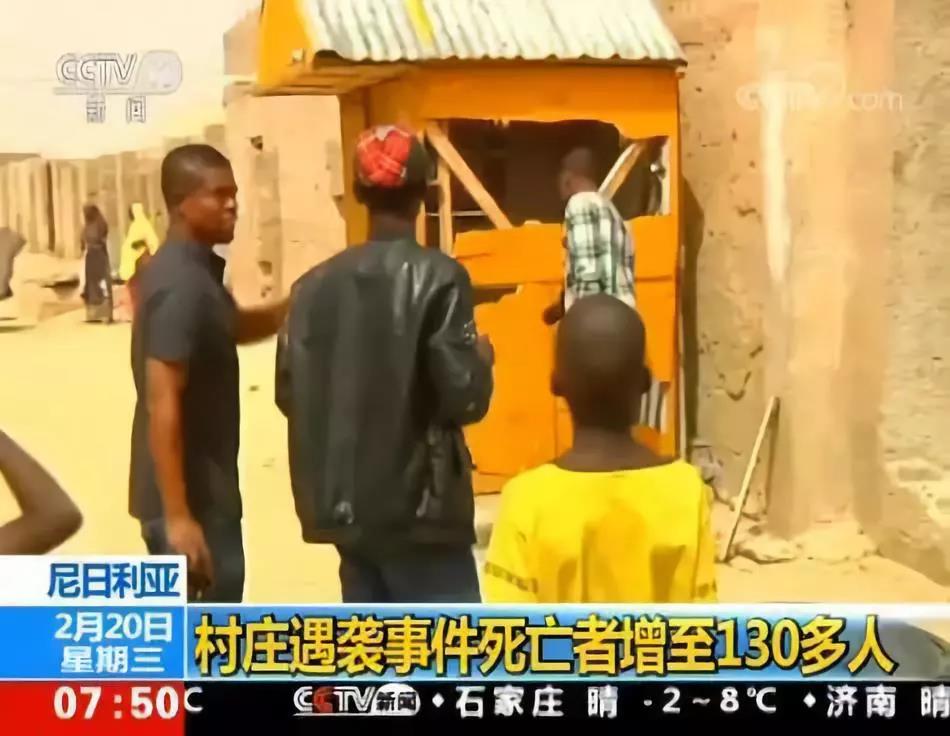
Nigerian officials said on the 19th that the attacks in several villages in Kaduna state in northern Nigeria last week have killed more than 130 people. According to the person in charge of the Kaduna police, 11 people suspected of participating in the attack have been arrested by the police, and relevant investigations are underway. On the 15th of this month, eight villages in Kaduna State were attacked by unidentified armed men. The police found 66 bodies, including 22 children, on the day of the incident.
Opponents of passing the judicial reform bill: justice will be more inhuman
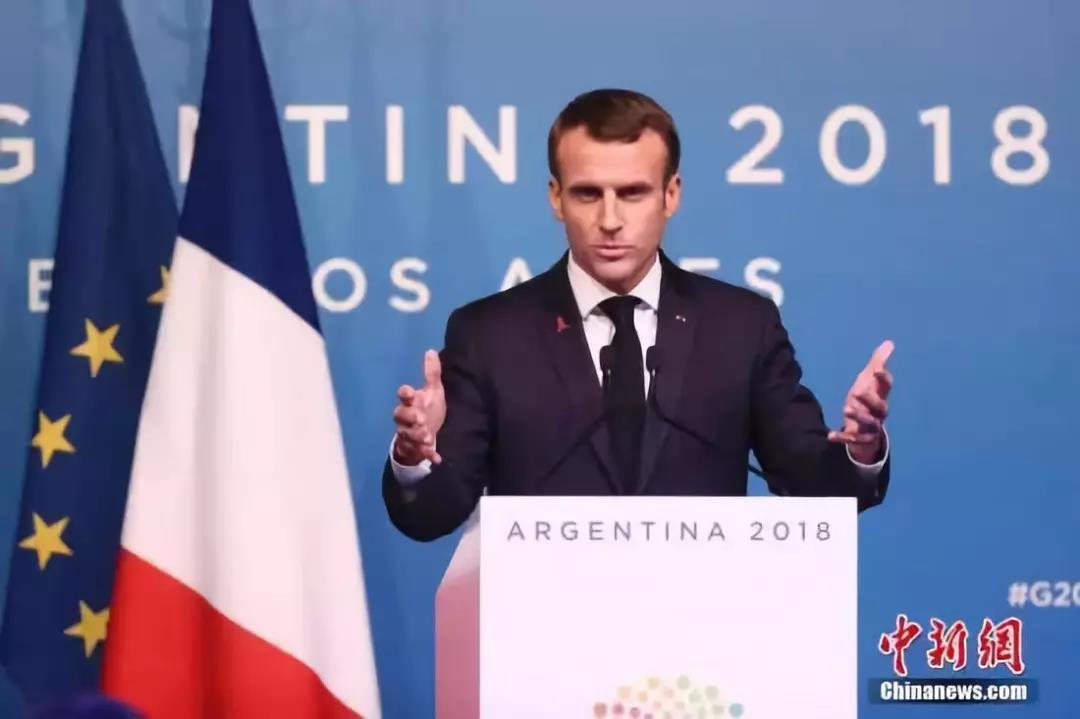
According to the "European Times" report, on the 19th local time, the French Parliament formally passed the judicial reform bill. The new law contains 57 provisions, including the reform of the penal system and the establishment of the anti-terrorism procuratorate. However, the bill has been questioned by many parties, and opponents say it will lead to a more inhuman judicial system.
Indonesia officially announced its bid to host the 2032 Olympic Games.
The Indonesian Olympic Committee announced on the 19th that after successfully hosting the 2018 Asian Games, Indonesia has formally submitted the procedures for bidding for the 2032 Olympic Games. According to the Indonesian Olympic Committee, the Indonesian ambassador to Switzerland submitted letters from Indonesian President Joko and the Indonesian Olympic Committee to IOC President Bach in Lausanne last week. Officials of its Olympic Committee said that Indonesia is ready to host the Olympic Games, and what it needs now is the support of all citizens and the international community.
society
The 12-year-old boy in Hangzhou rewarded the game anchor with a gift of 1688 yuan and sent 27 gifts.
The Zhuantang police station in Hangzhou received an alarm from Li Lan, saying that his 12-year-old son played video with an adult’s mobile phone and rewarded the anchor with more than 50,000 yuan in two days. Now he can’t get the money back. The staff of the live broadcast platform said that as long as it is determined that it is a minor recharge, it can be refunded. But in fact, there are also many adults who pretend to be minors and ask for a refund, so they will be more cautious in the verification. After the reporter reported the situation of Li Lan’s family and the investigation results of Hangzhou police, the staff of the live broadcast platform said that most of the recharge money would be refunded.
The Forbidden City Lantern Festival was temporarily cancelled? Forbidden City: The activities are going on normally.

It is reported that the light show of the Forbidden City on the 20th night has been cancelled. @ Palace Museum: On the evening of February 20th, the cultural activities of the "Night of the Forbidden City on the Yuan Dynasty" in the Palace Museum went on normally, and the online booking audience can enter the Forbidden City as scheduled. At present, the visits in the courtyard are orderly.
New visitor record function in the circle of friends? WeChat response: Don’t panic, fake news.
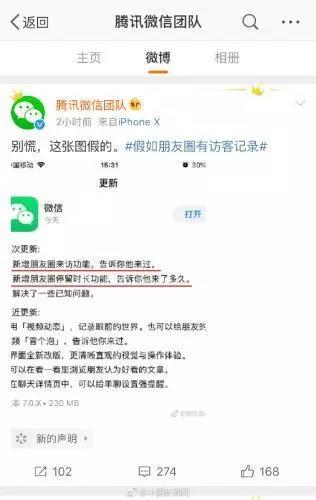
Recently, a screenshot prompting the update of WeChat was posted on the Internet. The text in the screenshot shows, "Add a friend circle to visit and tell you that he has been here. Add a circle of friends to stay for a long time and tell you how long he has been here. " In this regard, WeChat said on the evening of the 20 th, "That picture is fake, P’s picture."
After the man picked up the tourist’s mobile phone, he refused to accept the owner’s 168 yuan red envelope and asked for a lucky number of 666 yuan.
After a man in Xi ‘an picked up the mobile phone of a foreign tourist, he expressed his willingness to return it and returned the red envelope of 168 yuan sent by the owner. If this is the end of the matter, it will be a warm-hearted good deed, but the man refused the red envelope not because he was "grateful", but because he wanted a "lucky number": "666 yuan or 888 yuan."
Deduct 6 points! Stop in the emergency lane on the Hong Kong-Zhuhai-Macao Bridge and take photos.
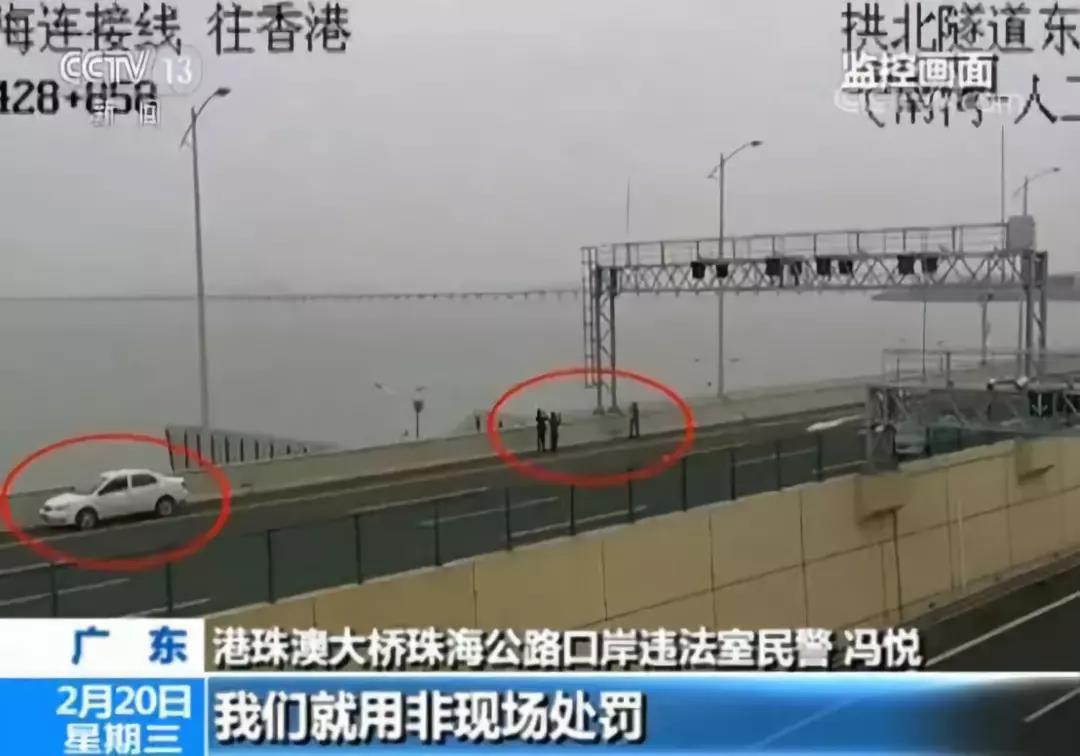
The Hong Kong-Zhuhai-Macao Bridge is a part of the Pearl River Delta Ring Expressway, and it is forbidden to stop and take photos on the whole line. But not long ago, the video patrol police found that it was very dangerous for someone to park his car in the emergency lane of the Hong Kong-Zhuhai-Macao Bridge and get off to take photos. The surveillance video shows that on the same day, a car was parked in the emergency lane of the Hong Kong-Zhuhai-Macao Bridge, and the driver and three passengers got off the bus. First, they took a single photo in various poses, and then they began to take a group photo. It was very dangerous for vehicles to pass quickly from time to time.
face
[Ma Xu] The first female airborne soldier in China: wearing a pair of shoes in 15 yuan, but donating 10 million yuan to her hometown.
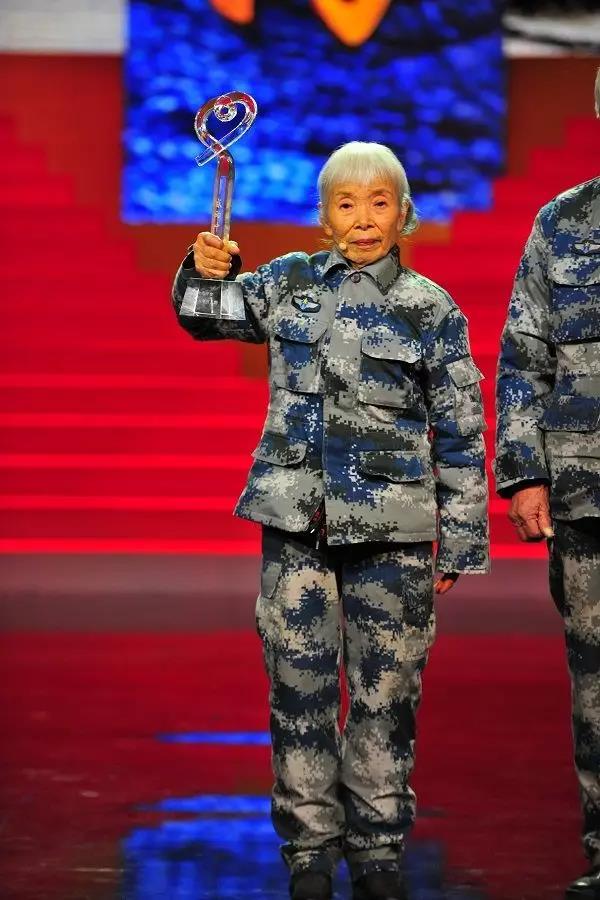
She is the first female airborne soldier in China. She is over 80 years old, wearing only a pair of shoes from 15 yuan, but decided to donate her life savings of 10 million yuan to her hometown for education and public welfare. The money is all the savings saved during the thrifty days, plus the remuneration from scientific research. She is the person of the year in Touching China in 2018 — — Ma Xu! Life is frugal, just for one luxury!
[Cameron] "I want to see" Three-body "made into a movie"
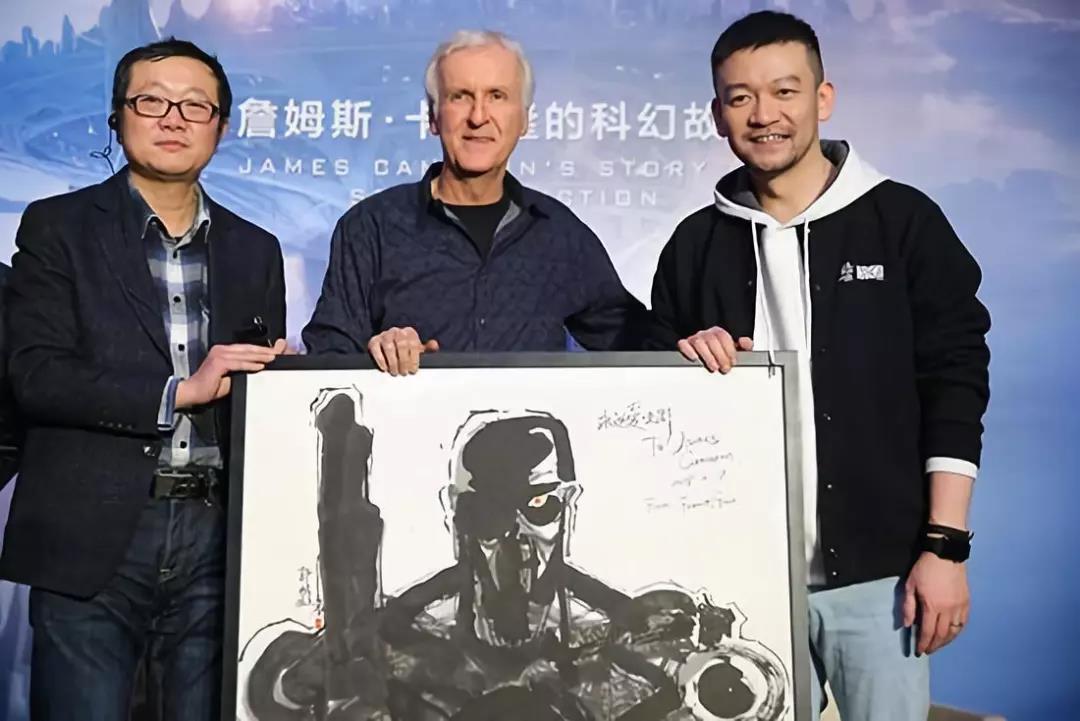
On February 18th, when Cameron came to Beijing to talk with Liu Cixin, he said that he expected China to make "Three-body" into a movie. He also said with a smile, if the novel "Three-body" sells well in the United States, I would like to thank him, because he has promoted this work for everyone. Liu Cixin asked Cameron, "If China’s science fiction films continue to develop, what kind of science fiction films do you want to see?" Cameron’s answer is to shoot "Three-body".
[Liu Chiping] President Tencent responded to "losing dreams": This view does not see the essence of the problem.
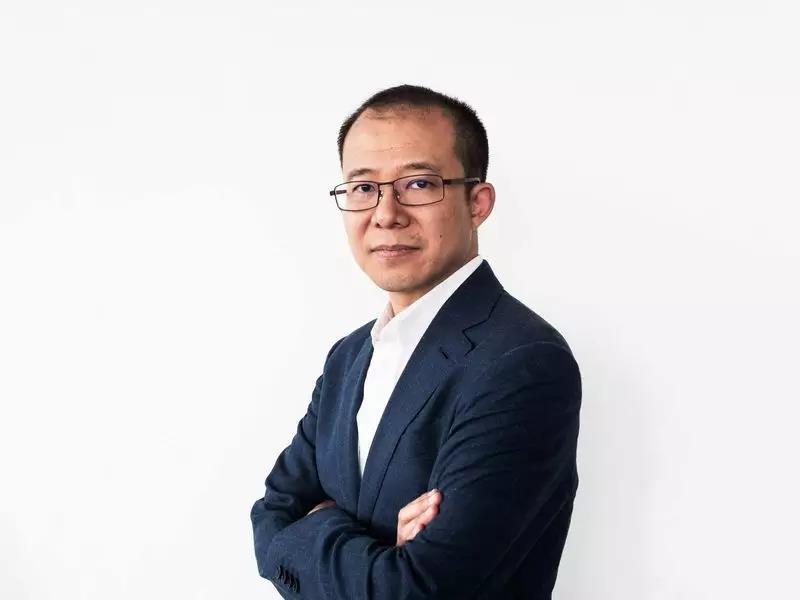
Recently, Liu Chiping, president of Tencent, said that this view failed to see the essence of the problem, and Tencent did something different through investment choice, which not only allowed Tencent to specialize in its own good business, but also allowed it to establish an ecological chain through partners and gain opportunities to enter new fields. "If we want to control everything and do everything, this is not a dream, but a delusion. When we can choose what to do and what not to do, we can truly realize our dreams and the dreams of entrepreneurs. "
[Li Guoqing] bid farewell to Dangdang, and his wife took over the daily management decisions.
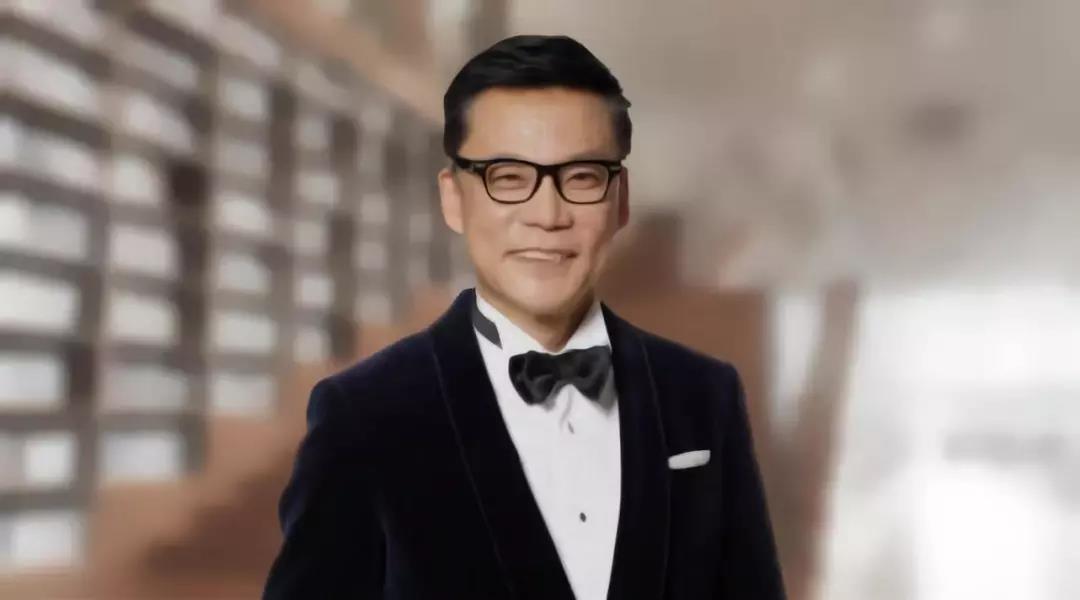
On the morning of February 20th, Li Guoqing, founder of Dangdang, announced his departure from Dangdang by an open letter. At noon, Dangdang announced that Li Guoqing would no longer hold any position in Dangdang from January this year, but he was still a shareholder of the company. Ms. Yu Yu, the chairman (Li Guoqing’s wife), also served as the CEO of Dangdang, and the daily management decisions of Dangdang were completed by the company’s senior management led by Yu Yu.
[Yin Dehong] Getiaojiang, Sichuan, lifts his hands to save people and sacrifices: dozens of taxis whistle to bid farewell to heroes.
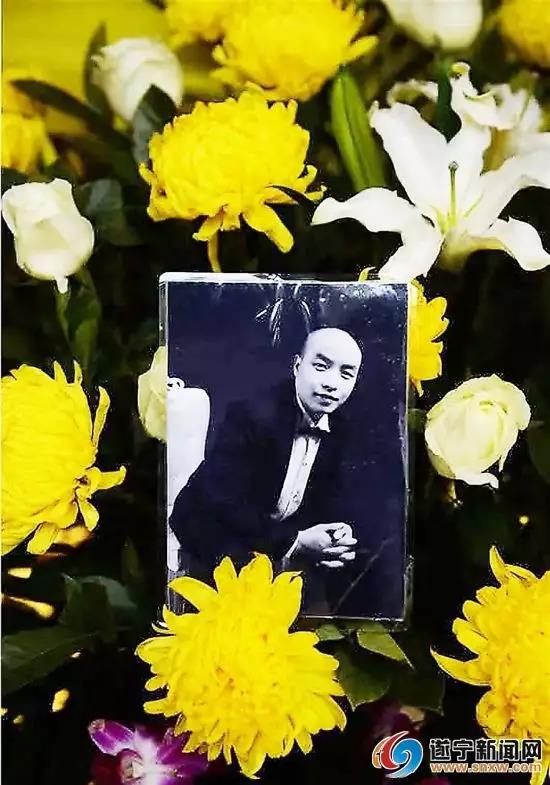
In the early morning of February 15th, 45-year-old Geyin Dehong of Sichuan saw a strange woman jumping off the Sixth Bridge of Fujiang River. He quickly took off his clothes, gave his belongings to the passengers and jumped into the river. However, due to too cold, loss of temperature and fatigue, Yin Dehong and the woman sank together less than ten meters from the shore. Sixteen hours later, when he was salvaged, he still kept his hands bent and lifted. At 10: 00 am on February 19th, hundreds of taxis from Nanchong, Mianyang and other places spontaneously drove to the funeral home in Shehong County to bid farewell to Yin Dehong, a stranger. The hoods of all vehicles are covered with banners of "Mourning Comrade Yin Dehong", and taxis fill the streets near the funeral parlour. On the Sixth Bridge of Fujiang River, more than forty taxis flashed and honked for five minutes.
Can [Li Xiaopeng] become the dark horse of the national football coach?
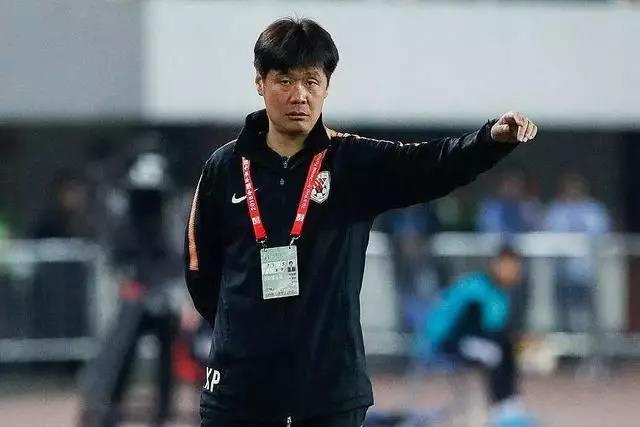
On the afternoon of 19th, Shandong Luneng reversed FC Hanoi 4:1 in AFC Champions League play-offs. Li Xiaopeng, the head coach, has achieved amazing results in three exchanges, which is quite similar to Lippi’s magic in the Asian Cup. Li Xiaopeng was elected the best coach of the Super League last season and had the experience of coaching the women’s national team. After "Silver Fox" leaves office, can Li Xiaopeng, as a leader among "local coaches", become the dark horse of the national football team?
See you at 8 o’clock tomorrow!






























